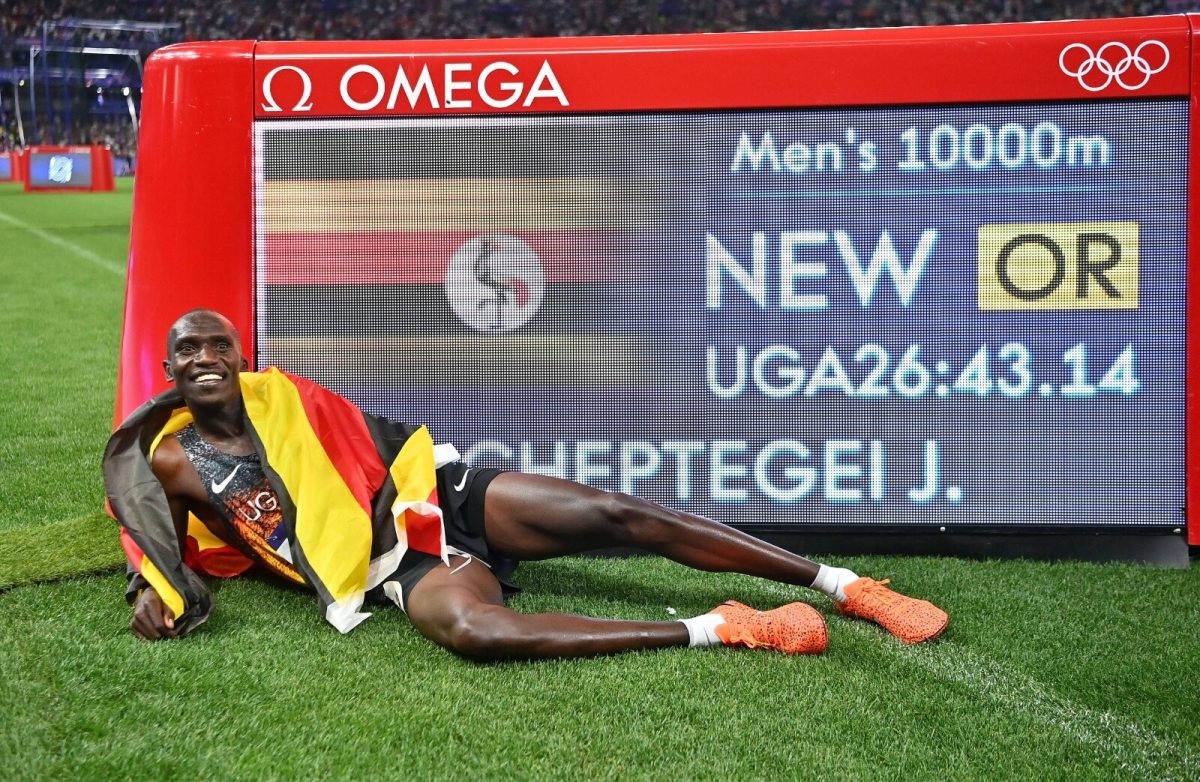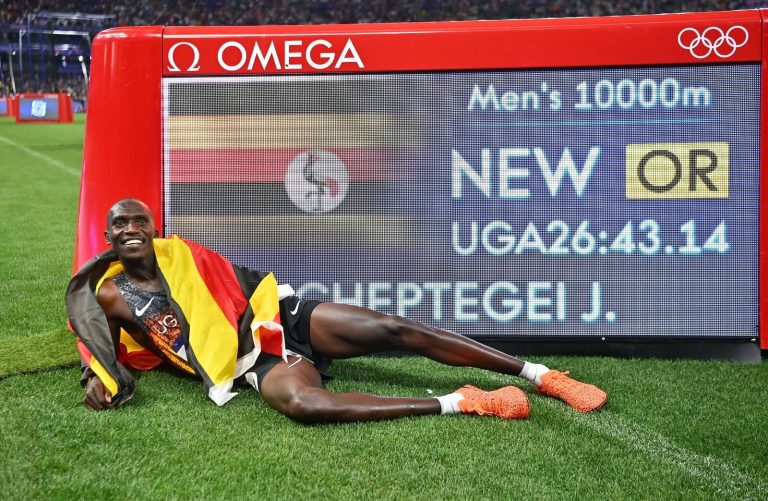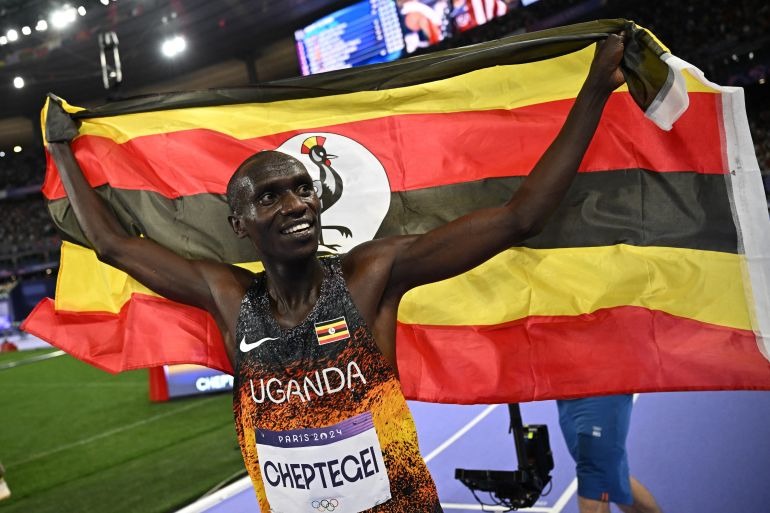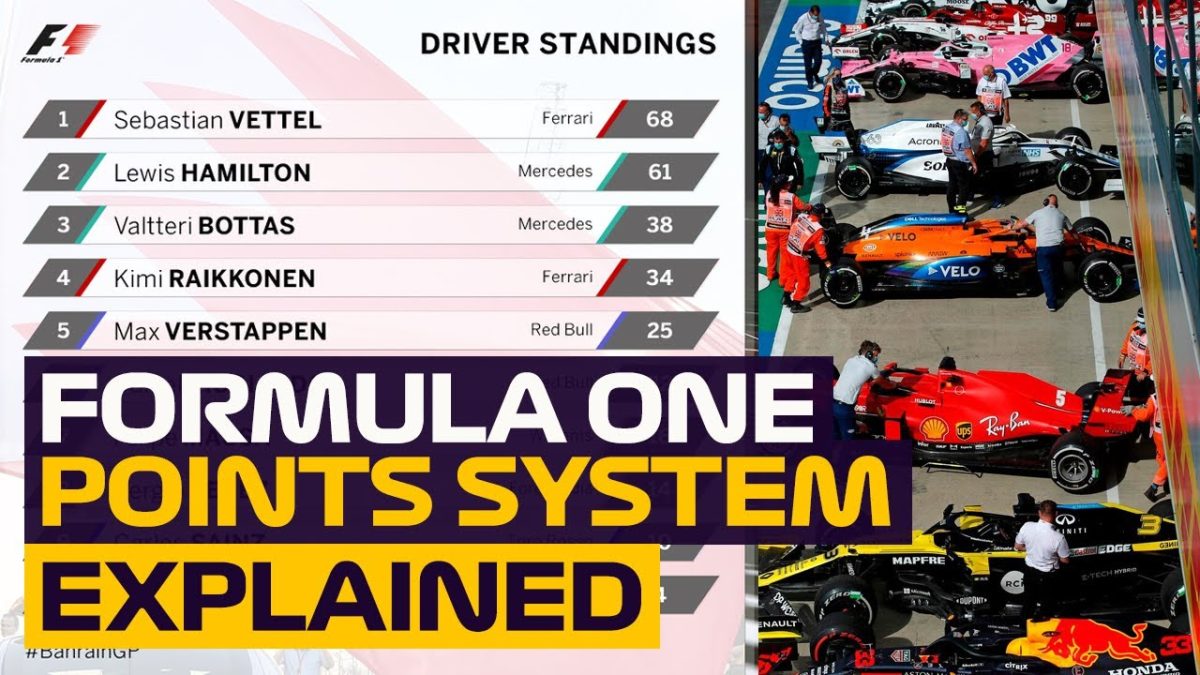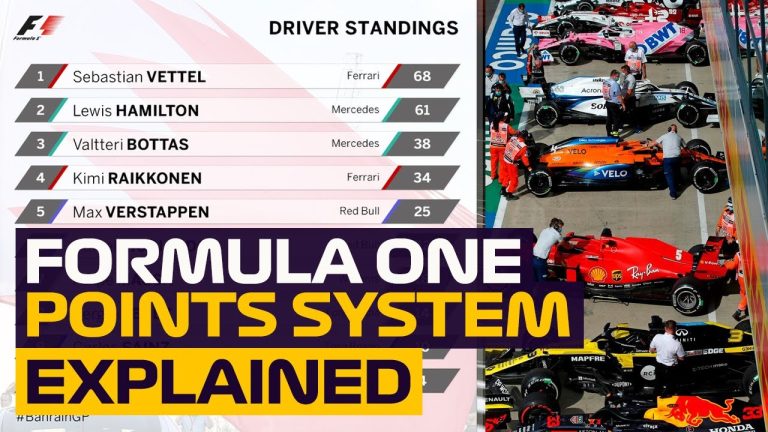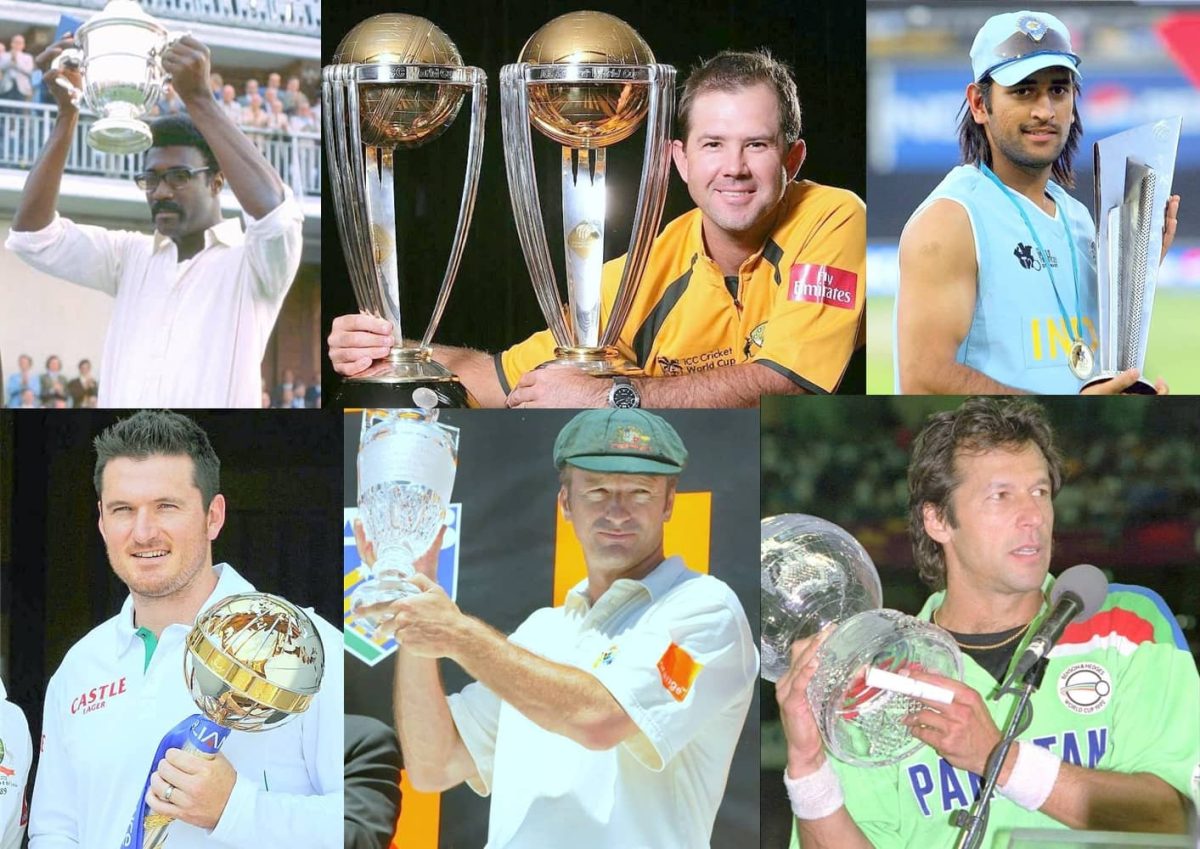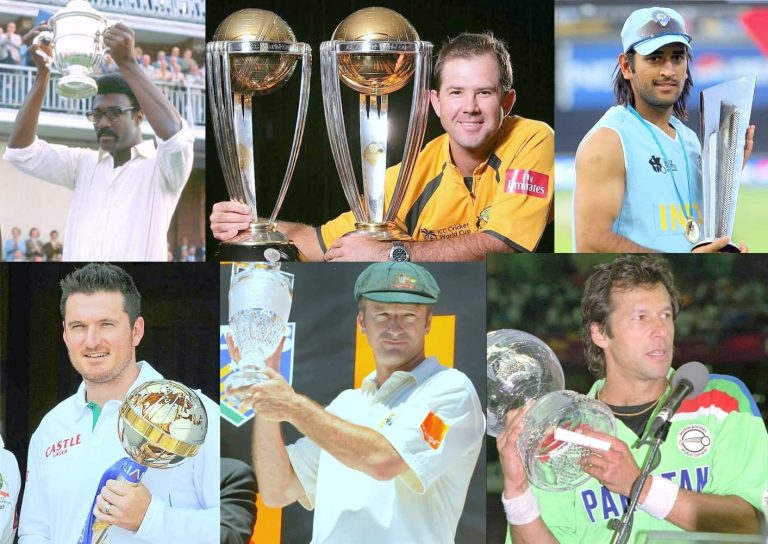Ugandan Motocross World Debut: Three Riders Set to Make History at the MXoN Championship

For the first time in history, three Ugandan motocross champions are headed to the world-famous Motocross of Nations (MXoN) championship. It’s the ‘Olympics of Motocross’ because every top rider in the world is there for a one-time-only competition that crowns the World Champion, and this year is set to be one of the best yet at Matterley Basin, UK, on October 4-6. It is a historical moment for Uganda motocross.
Who Are the Ugandan Riders?
Uganda’s motocross debut at MXoN will be represented by three standout riders:
- Stav Orland – competing in the MX2 class
- Fortune Sentamu – participating in the MXGP class
- Waleed Ali Omar – taking on the challenge of the MX Open class
All three have won national championships and are well-prepared to compete against the world’s best. This is a huge milestone for these riders and a significant step forward for Ugandan motorsport.
Rising From Local Competitions to the World Stage
Motocross has steadily gained popularity in Uganda, but it wasn’t until last year that the country’s motorsport federation fully supported international events. The groundwork for global participation was laid during the Junior MX Championships. Now, Uganda is stepping onto the world motocross stage.
Arthur Blick Jr., a multiple-time Ugandan motocross champion and the current Deputy Vice President in charge of motorcycling, reflects on the journey that has brought Ugandan riders to this significant milestone. “The time I came in as the new DVP, the plan for international events was already set, and I just carried it on,” Blick says. “The aim is to step up our levels in the sport.”
After years of dominating local competitions, these riders are now ready to test their limits. Blick Jr., who traveled with the junior team to the Netherlands earlier this year, highlights the importance of international experience: “The lessons we learned will help us improve our sport.”
Why This Matters for Ugandan Sports?
This global debut goes beyond motocross. It serves as inspiration for other Ugandan athletes across various sports. With growing support and opportunities, Uganda is showing that it can compete on the world stage—not just in motocross but in sports like football and others.
Conclusion: A Bright Future on the Horizon
Uganda’s participation in the Motocross of Nations represents a giant leap forward for the country’s motorsports industry. Stav Orland, Fortune Sentamu, and Waleed Ali Omar are more than just competitors—they are trailblazers for future generations of Ugandan motocross riders.
With continued support from local and international stakeholders, Uganda could become a hub for motocross talent in East Africa. The road ahead may be tough, but the determination of these riders and their team proves they’re ready.

